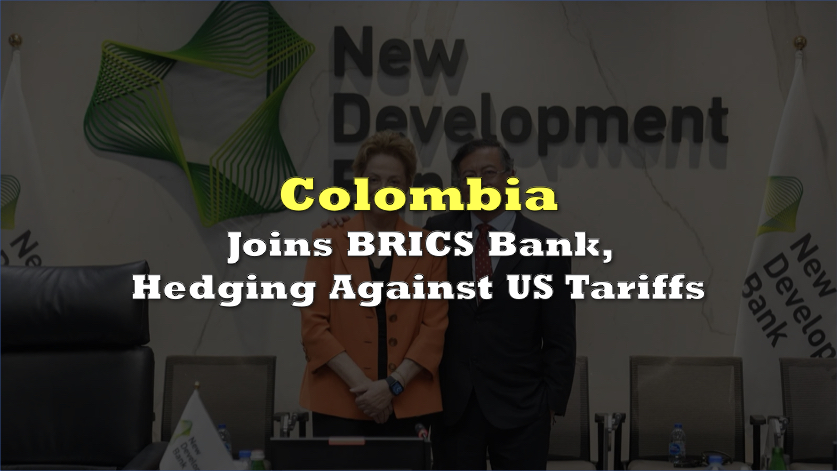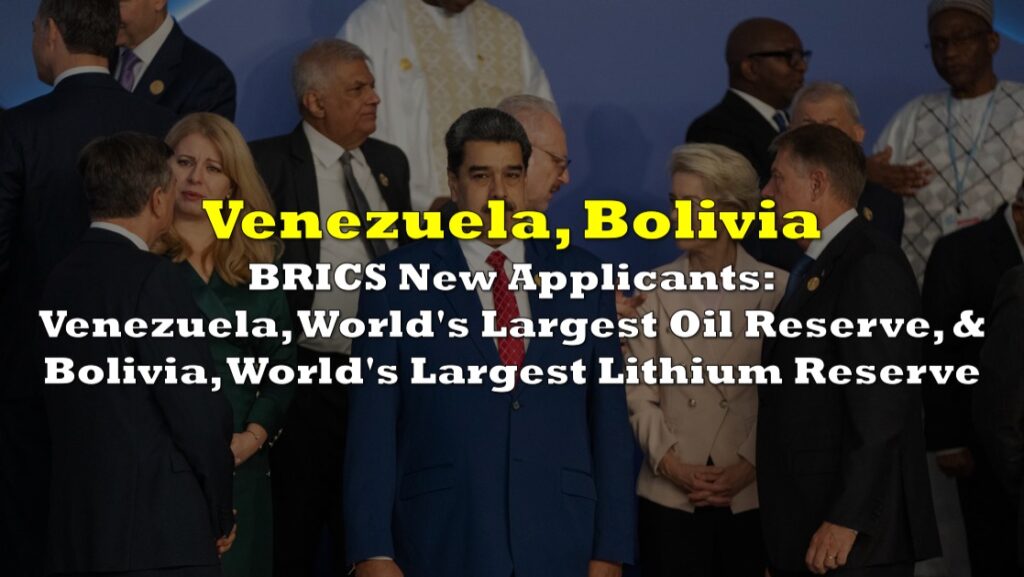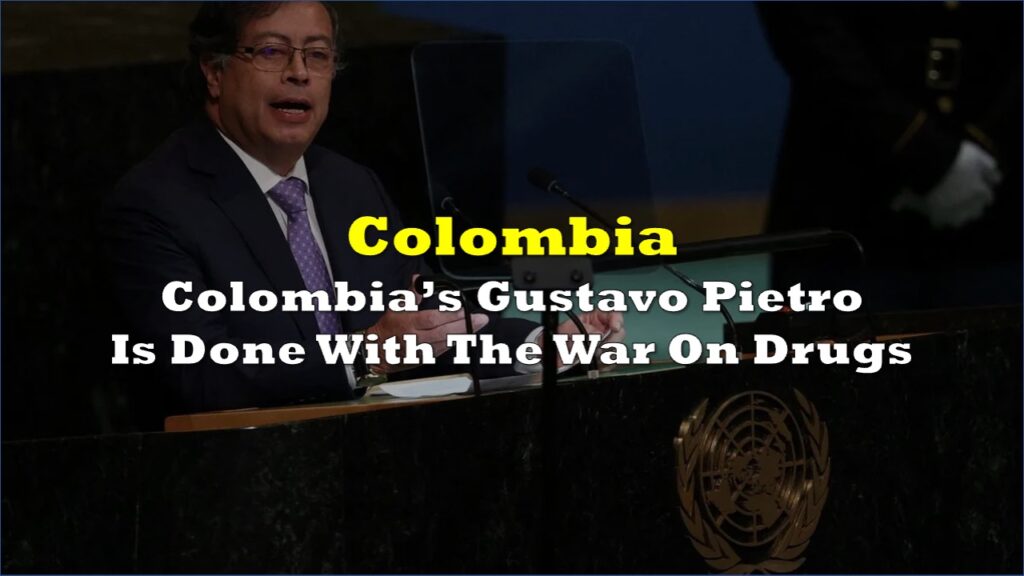Colombia’s decision to enter the New Development Bank marks the country’s first institutional step into the BRICS financial architecture and its most pointed signal yet that Bogotá is willing to look beyond Washington for development finance.
JUST IN: 🇨🇴 Colombia officially joins BRICS Bank. pic.twitter.com/bxRYKdprCo
— BRICS News (@BRICSinfo) June 19, 2025
The bank’s board approved the application on Thursday, barely a month after President Gustavo Petro made the pitch during a visit to Shanghai.
“This news transcends finance and broadens our horizon,” Foreign Minister Laura Sarabia posted on X, adding that membership “opens new paths for the country.”
Celebro la noticia que trasciende lo financiero y amplía nuestro horizonte. Colombia se une oficialmente al banco de los BRICS liderado por @dilmabr después de la solicitud hecha por el presidente @petrogustavo en Shanghái. Seguimos abriendo camino hacia nuevas oportunidades para…
— Laura Sarabia (@laurisarabia) June 19, 2025
The move enables access to the NDB’s US$100 billion balance sheet—already stretched across more than 90 projects worth roughly US$32 billion in areas such as renewable energy and urban transit.
Colombia’s entry fee—about US$512 million in paid-in and callable capital—mirrors the model used with the Inter-American Development Bank, but the strategic calculus is different. NDB loans are typically denominated in local or alternative currencies, a design meant to pare back reliance on the US dollar and the policy strings that often accompany World Bank or IMF lending.
The timing is politically charged. Since January, the Trump administration has slapped a 10% tariff on most Colombian exports and threatened steeper duties in a wider trade row, accelerating Petro’s push to “de-risk” the economy from a single partner.
Joining the NDB—and, in parallel, China’s Belt and Road Initiative—gives Bogotá fresh leverage just as those suspended reciprocal tariffs are set to expire in July.
For the BRICS bloc, Colombia expands an already muscular footprint as BRICS now represents roughly 32% of global GDP and about 40% of the world’s population, up from barely 15% when the acronym was coined two decades ago.
Colombia’s Congress must still ratify the share purchase, and conservative opposition lawmakers say closer financial ties to Moscow could complicate Western sanctions compliance. If ratified, Bogotá would hold roughly a 1% voting stake—comparable to the UAE’s—opening a legal path to full BRICS membership at the 2026 Kazan summit.
Information for this story was found via the sources mentioned. The author has no securities or affiliations related to the organizations discussed. Not a recommendation to buy or sell. Always do additional research and consult a professional before purchasing a security. The author holds no licenses.









